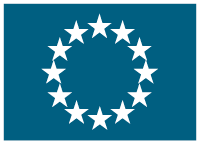Re-wetting of the Western Dümmer fen area
(Westliche Dümmerniederung)
Start date: Jun 1, 2002,
End date: Apr 30, 2007
PROJECT
FINISHED
Background
The Dümmer lowland in the northwest German plain consists of extensive marshes and wet grassland that are flooded in winter. It is key habitat for resident and migrating birds, including long-billed shorebirds. However the creation of a dyke in 1953, prevented the Dümmer from flooding and affected the habitats of the corncrake (Crex crex) and the shy bittern (Botaurus stellaris), among other species, e.g. Meadow birds. The drained ground became as hard as concrete when dry, making food supplies ever scarcer and less accessible.
A rehabilitation plan Dümmer was introduced in 1987, and district, regional and federal authorities have built an attractive lay-by: Leader II and 5b funds were used to co-finance construction of shallow ponds and water retention measures, land purchase and visitor management. In addition, two LIFE projects were set up to restore 2 500 ha Dümmer bird resting area (4 650 ha). This project (LIFE02/NAT/D/008456) is in the western part of the Dümmer area, while another project (LIFE98/NAT/D/005085) took place in the southern part. Local residents even decided that a revived Dümmer deserved its own foundation that engages not only local authorities and municipalities, nature protection associations and water and land management boards, but also local banks and industrial companies. A sheep farm was set up to ensure grazing management of specific grassland habitats.
Objectives
The project aimed to stop the drying of the peaty soil, or at least slow the process down, through the use of adjustable weirs to modulate water levels. The LIFE project would provide the funds to make it possible to purchase the remaining land sections still needed in the western Dümmer for the overall restoration, while the necessary weirs and ditch closures are largely were to be built with the beneficiaryâs own funds.
The successful co-operation between the previous LIFE project and local agriculture would be continued. A lease-back arrangement for conservation land with land-use stipulations permits the wetlands to be exploited economically (for hay production and grazing) while improving their ecological value. The current LIFE project will provide the farmers with the proper machinery for use on such wet soils. Without such long-term care through haying, these areas would eventually become overgrown by scrubby alder woodlands that are less favoured by migratory birds.
Results
After rewetting of 1 000 ha in the first project this project rewetted 1 200 ha of land which corresponds to the target set in the proposal. In addition, 28 adjustable weirs and 14 overflow weirs were installed. As a result of the project, the water levels in the 43.5 km of drainage ditches can be controlled and adjusted to levels that were typical for the area before dykes were built. Peat mineralisation (which has led to a decline of the peat soil of 1-2 cm per year before the re-wetting of the soils) can now be stopped.
Moreover, the first positive effects on breeding and resting birds have been detected. The populations of migratory birds including the rare black tern have increased, and some bird species (for example, the osprey), which have not been recorded for a long time, have now returned. Several wading (black-tailed godwits, redshanks, snipes and lapwings) and meadow bird species are also increasing in number in the breeding season. In winter the meadows are covered in shallow water, and in summer the water is allowed to recede slowly so that the meadows and pastures can be farmed extensively. In this way, the farmers in the region can actively engage in nature conservation at Lake Dümmer. Intensive co-operation with more than 140 local farmers is a key result of the project. Local participation is a prerequisite for the restoration and further development of suitable habitats for water, wading and meadow bird species.
Blocking access to 20.7 km of pathways in the southern part of the project area has created more than 1 000 ha of "quiet zone" that protects bird species that are sensitive to disturbance and contributes to the area's conservation value. The pathways, however, are closed only when necessary (usually winter). More than 100 km of fences have been installed and special machinery, such as a baler and a baler trailer, were acquired. Local farmers can borrow these machines without charge. This has substantially raised the acceptance of the project among the farmers.
A conference to highlight the successes of the restoration work attracted more than 140 participants in 2007. A key aim of the conference was to exchange knowledge and experience of wet grassland management with other conservation projects. It included a one-day excursion.
Other dissemination activities included the production of a DVD illustrating the objectives and the measures of the LIFE-project in a German and an English version. Monitoring of bird populations is continuing in the Dümmer region.
Further information on the project can be found in the project's layman report (see "Read more" section).
Disclaimer : This « results » section should be considered as a draft until the Commission has completed its evaluation .
This project has been selected as one of the 26 "Best" LIFE Nature projects in 2007-2008.
Get Access to the 1st Network for European Cooperation
Log In
or
Create an account
to see this content
Coordinator
- Renate THOLE
- (Deutschland)


